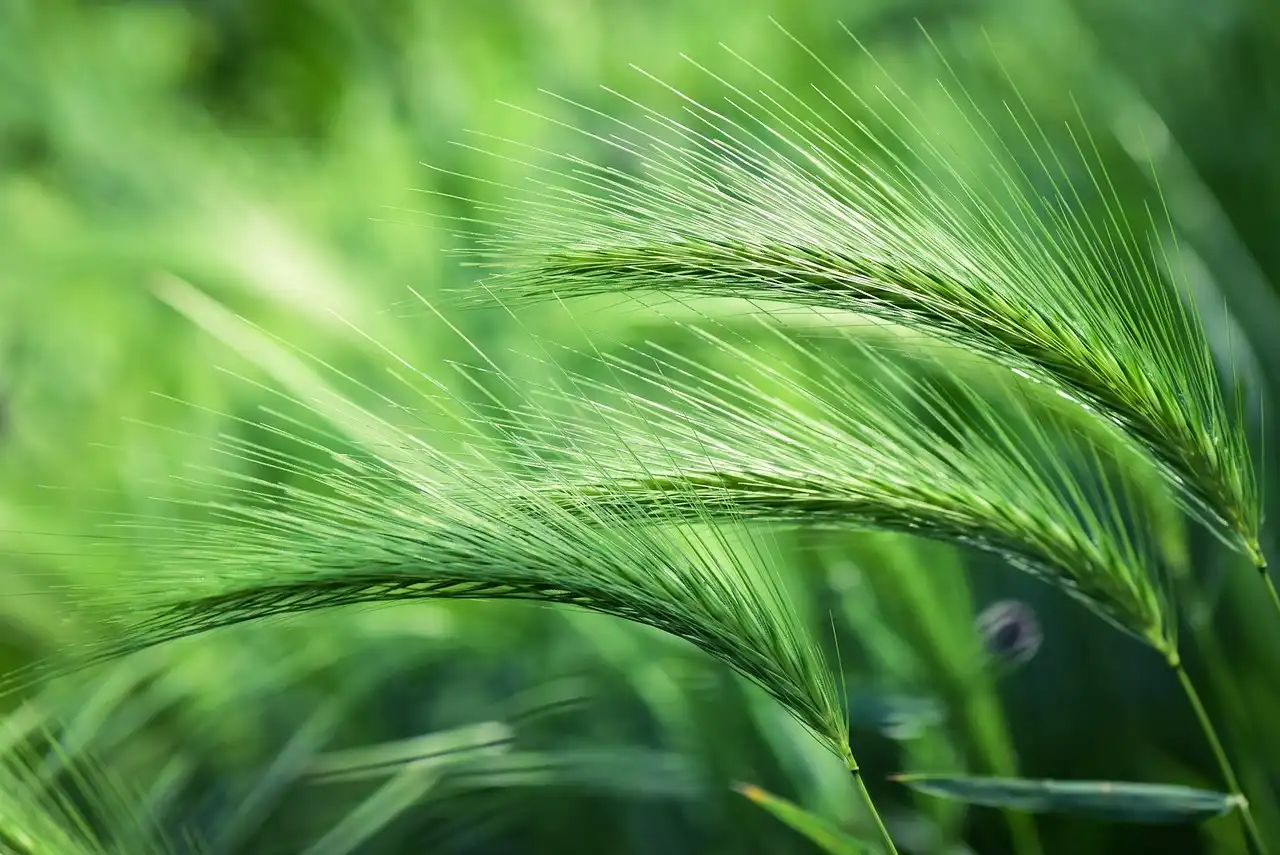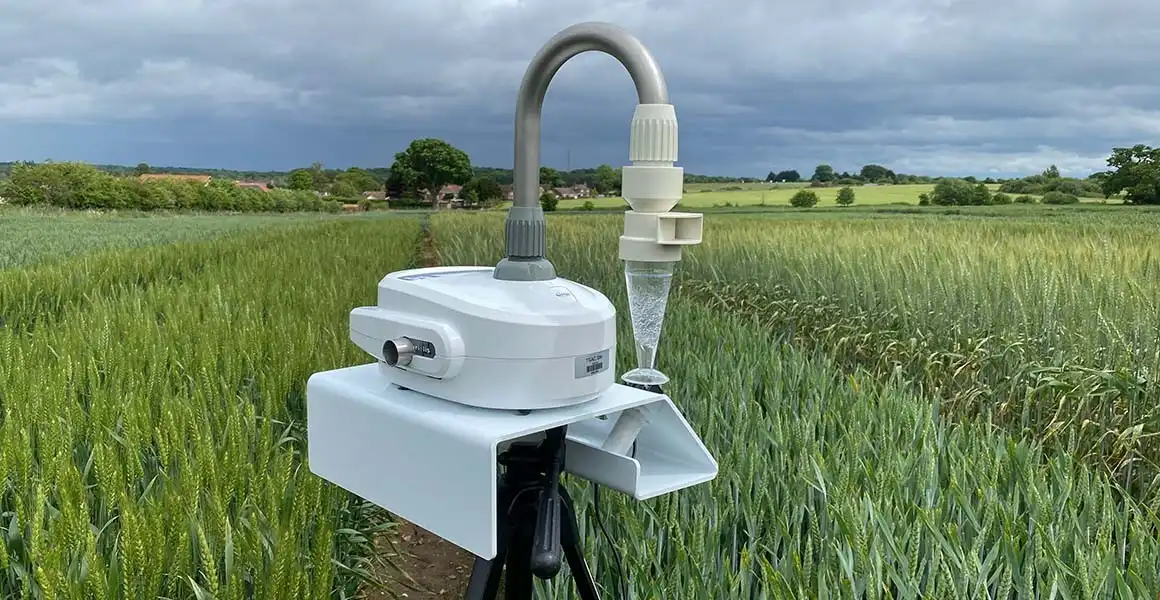
New Study Unlocks Molecular Defense Against Devastating Potato Pathogen (Spongospora subterranea)
A team of plant scientists has made a significant breakthrough in understanding how potato plants defend themselves against Spongospora subterranea f. sp. subterranea (Sss)—the soilborne pathogen that causes powdery scab, an emerging and economically damaging disease affecting potato crops worldwide.
Read More











